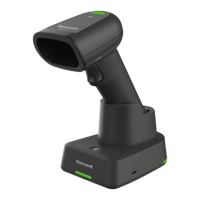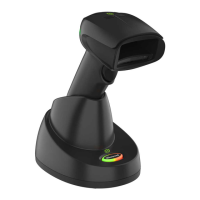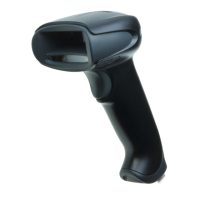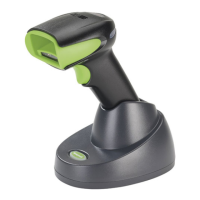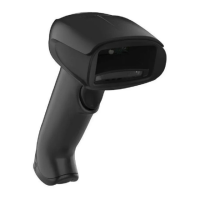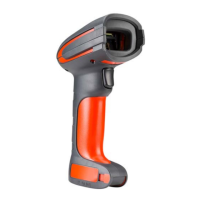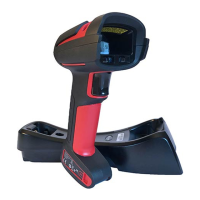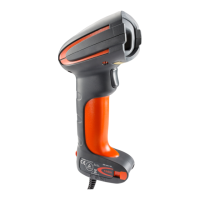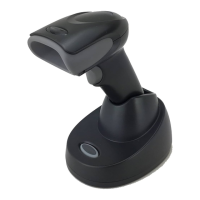CHAPTER
7
Xenon Ultra 196X Series User Guide 129
DATA FORMAT/QUEUE BUSTING
Data Format Editor Introduction
You may use the Data Format Editor to change the scanner’s output. For example,
you can use the Data Format Editor to insert characters at certain points in
barcode data as it is scanned. The selections in the following pages are used only if
you wish to alter the output. Default Data Format setting = None.
Normally, when you scan a barcode, it is output automatically. However, when you
create a format, you must use a “send” command (see Send Commands on page
132) within the format program to output data.
Multiple formats may be programmed into the scanner. They are stacked in the
order in which they are entered. However, the following list presents the order in
which formats are applied:
1. Specific Terminal ID, Actual Code ID, Actual Length
2. Specific Terminal ID, Actual Code ID, Universal Length
3. Specific Terminal ID, Universal Code ID, Actual Length
4. Specific Terminal ID, Universal Code ID, Universal Length
5. Universal Terminal ID, Actual Code ID, Actual Length
6. Universal Terminal ID, Actual Code ID, Universal Length
7. Universal Terminal ID, Universal Code ID, Actual Length
8. Universal Terminal ID, Universal Code ID, Universal Length
The maximum size of a data format configuration is 2000 bytes, which includes
header information.
If a barcode is read that fails the first data format, the next data format, if there is
one, will be used on the barcode data. If there is no other data format, the raw data
is output.

